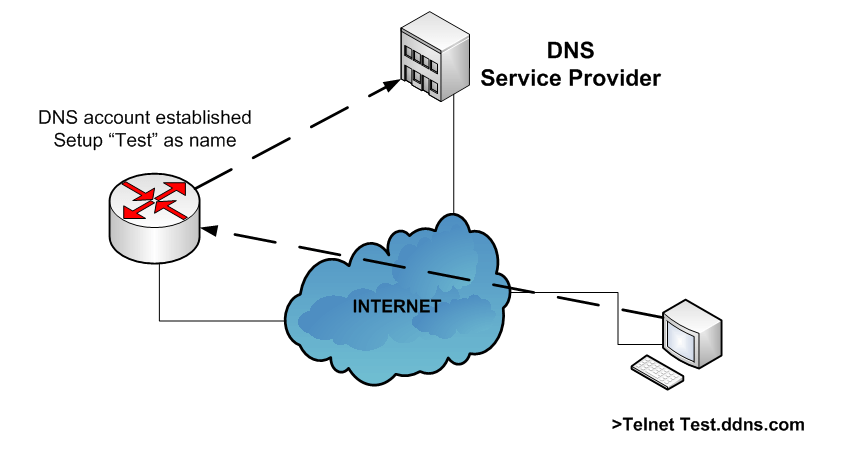 Nowadays, if you check the public IP address with which you access the Internet, you will find that it often changes.
Nowadays, if you check the public IP address with which you access the Internet, you will find that it often changes.
This is due to the chronic shortage of IPv4 addresses, which are insufficient to cover current service demands. ISPs, therefore, often assign dynamic public IP addresses and mechanisms, such as Carrier Grade NAT (CGNAT), to allow various client devices to connect through a single IP address. Whilst IPv6 emerged to resolve this difficulty, migration to this protocol has proved a real challenge and not advanced as quickly as expected.
Certain customers (a company with web services, for example) always need the same IP address, since the domain name is linked to the IP address of said server. Carriers, therefore, do offer the possibility of contracting a fixed public IP, at a cost.
DNS was originally designed for consulting statically configured databases where IP addresses for places, and the names assigned to said addresses, could be found.
Subsequently, Dynamic DNS, or DDNS, appeared based on RFC 2136 (standard used for the mechanisms in this process). DNS Update dynamically updates an IP address received by a device, together with its association to a name.
This feature provides a user with a series of advantages in a number of scenarios:
– Remotely configuring a device (Telnet, SSH).
– Connection through FTP to execute remote upgrading.
– Encrypt communications between two devices through an IPSec tunnel (with a pre-known endpoint IP address).
There are dozens of companies dedicated to DNS solutions with dynamic IP addresses; examples include DynDNS, NO-IP, FreeDNS Afraid, etc. These services assign an Internet domain name to a device with a dynamic IP address and provide real time updates. Moreover, they make it possible to connect to this device without knowing its current IP address.
Being aware of the advantages this feature brings, Teldat has implemented an additional feature (fully compliant with the RFC 2136 definition) for this service that ensures the hostname is always updated to the current IP address.



























